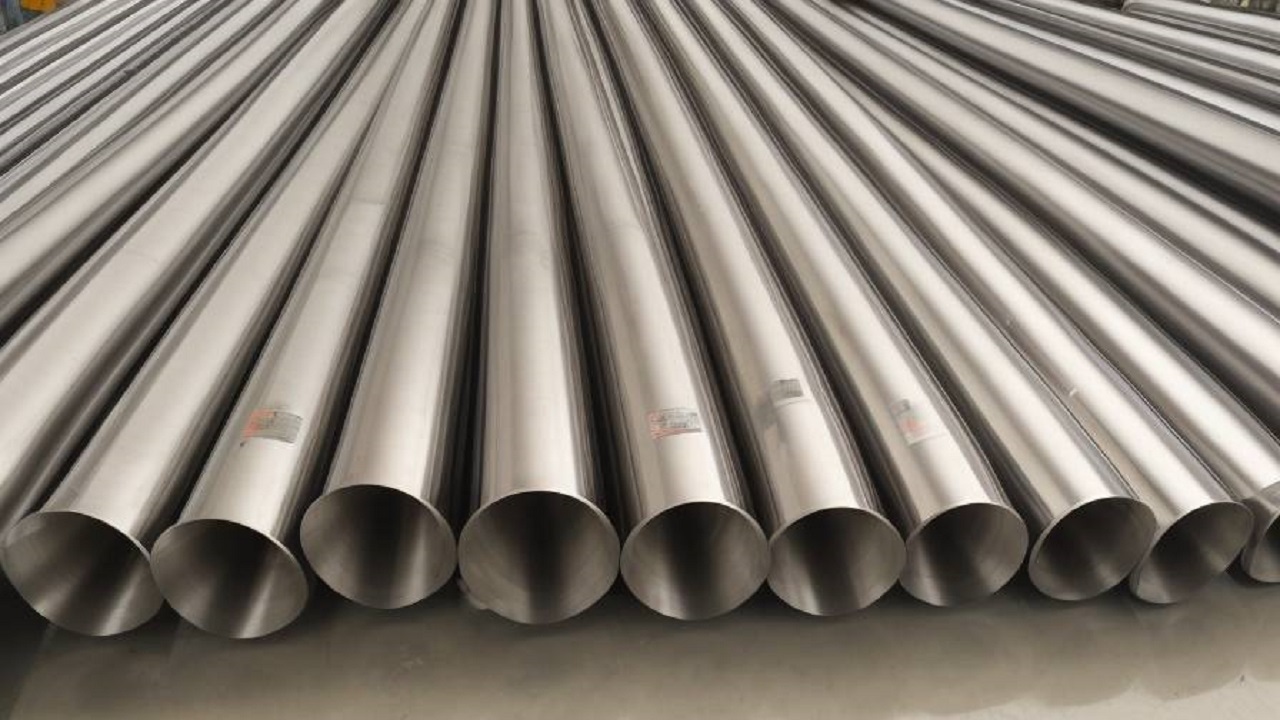Pipelines are the arteries of modern infrastructure, facilitating the efficient transportation of fluids and gases across vast distances. One crucial element that ensures the longevity and reliability of pipelines is the selection of appropriate materials, particularly steel grades. The versatility of steel grades plays a pivotal role in pipeline excellence, offering a wide range of options to meet specific requirements for different applications. A widely used specification for line pipe steel grades is api 5l line pipe offering a spectrum of strength levels.
The Basics of Steel Grades
Steel is an alloy primarily composed of iron and carbon, but the addition of various other elements during the manufacturing process results in different grades with distinct properties. In the context of pipelines, steel grades are classified based on factors such as strength, toughness, corrosion resistance, and weldability.
Versatility in Strength and Durability
The key factor in selecting a steel grade for pipelines is its strength and durability. Different applications demand varying levels of tensile strength, yield strength, and toughness. For instance, pipelines transporting corrosive substances or operating in harsh environmental conditions require steel grades with high resistance to corrosion and excellent toughness to withstand external pressures. These grades are designed to cater to diverse needs, ensuring pipelines can withstand the stresses imposed by different operating conditions.
Corrosion Resistance
Corrosion is a significant challenge to pipeline integrity, as it can compromise the structural integrity of the steel. Understanding the corrosive environment, a pipeline will face is crucial in selecting the right steel grade. Stainless steel, known for its corrosion resistance, is often chosen for pipelines in industries such as chemical processing or offshore oil and gas extraction. Duplex stainless steels, combining the benefits of austenitic and ferritic grades, are increasingly being utilized in pipelines exposed to aggressive corrosion. These steels provide enhanced resistance to pitting and crevice corrosion, making them suitable for challenging environments where conventional steels may fall short.
Temperature Considerations
Pipelines encounter a range of temperatures, from extreme cold to high heat, depending on their location and the nature of the transported substances. Steel grades must be selected with these temperature variations in mind to ensure optimal performance. Low-temperature steel grades are employed in applications where pipelines are exposed to cold climates. These grades maintain their mechanical properties even in extreme conditions, preventing brittle fracture.
Weldability and Formability
The weldability and formability of steel are crucial factors in the fabrication of pipelines. Certain applications may require pipelines with complex shapes, and the ease with which a steel grade can be welded and formed impacts the overall efficiency of the manufacturing process. Steel grades with good weldability and formability are preferred in applications where precise fabrication is essential. These grades ensure that pipelines can be manufactured with minimal defects and are less prone to welding-related issues.
Conclusion
In the world of pipelines, achieving excellence requires a deep understanding of the versatility of steel grades. The selection of the right steel grade is a critical decision that influences the performance, longevity, and reliability of pipelines. From strength and corrosion resistance to temperature considerations and weldability, each characteristic plays a vital role in ensuring that pipelines meet the diverse demands of modern infrastructure. As technology advances and new challenges emerge, the continuous development of steel grades will remain integral to the evolution of pipeline excellence.


